Queer Theory and Canada
On its face, queerness may not seem to have much to do with Canada, or Canadian literature. In an editorial for a special issue of Canadian Literature, gender studies scholar Janice Stewart discusses the Queerly Canadian conference that was held at the University of British Columbia in June of 2009. She notes that the conference “foregrounded an interdisciplinary body of scholarship that critically rethinks modernist discourses located at the nexus of Canadian nationalism and critical considerations of sexualities and genders in their multiple configurations.”
Narratives of Empire: Hearne and Mackenzie
The stereotype of the explorer is a single European man, often pictured standing at the bow of a ship looking off to the horizon, or planting a flag on some new territory to claim it for the empire.
Orature and Literature
Many early anthropologists argued that all societies transition from hunter-gatherer, to nomadic herding, to agriculture, to the formation of large cities in the same way, and that the later stages were superior to the earlier ones. Anthropology has moved on from this idea; however, the idea that certain societies are superior to others is connected with other widespread ideas such as the myth of progress (new technologies are invariably better), Whig history (past societies are evolving towards democratic freedom), Social Darwinism (the fittest humans survive best, so the poor should be left to starve), and Scientific Racism (whites or Caucasians are at the top of an evolutionary ladder).
Postfeminism and Conservative Feminism
Postfeminism and conservative feminism share an intellectual foundation but are different movements. Postfeminism is a critique of second- and third-wave feminism, while conservative feminism rejects the liberalism of second- and third-wave feminism. Conservative feminists argue that the age of high feminist activism ended in the 1970s, and that the feminist movement obtained its primary goals.
Nationalism, 1500–1700s: Exploration and Settlement
The development of cultures and nation states is characterized by migration (see Diamond and Wolf). With the advent of new technologies to connect people all over the world, such as airplanes and the Internet, this slow migration accelerated in the twentieth century, and continues to gather speed. This phenomena, also known as globalization, reflects the shift toward the colonial expansion of empires, starting in Canadian history with English and French colonization and continuing as well as in more contemporary forms of international immigration and trade.
Shifting Representation: Ronnie the Bren Gun Girl
Despite the hyper-masculinity of early to mid-twentieth century modernism, representations of gendered spaces and relationships began to shift with the World Wars, which produced the need for women to play a greater role in public life. Much of this shift was influenced by the need for women to work in factories, filling the positions traditionally held by the men now risking their lives at the front.
Introduction to Nationalism
A nation is a group of people who regard themselves as sharing the same culture; a state is a group of people governed by the same laws and political institutions. Groups of people connected through history settled within a geographical region, building customs and forming dialects. Modern nations emerged from the desire of such groups to claim and defend land for hunting, gathering, agriculture, and other economic activities. The borders on contemporary maps resulted from long histories of negotiations and wars among nations and nation-states to control particular territories.
Feminist History of Literature and Culture in Canada
Feminist literary scholars analyze and consider the representation of gender in literary and cultural works while considering the societal implications of these representations. However, scholars do not come up with theories of gender representation in a vacuum. The work of feminist activists in the community, media, and political arena influence the academic work of feminist scholars—and vice versa.
What is Canadian Literature?
It may seem strange to open a guide to Canadian literature by describing it as a shifting wilderness and a bewildering whirlwind. However, M. G. Vassanji’s comment serves as a warning to stay away from rigid, categorical thinking. There is no central idea, no easy essence, that binds Canadian literatures together.
An Introduction to Producing and Evaluating Canadian Texts
Studies of literary prizes (Roberts), the economics of literature (English), and the hidden labour of reading for pleasure (Shukin) are expanding the fields of literary studies. These scholars are among many academics that are rethinking the study of literature in a media-driven age.








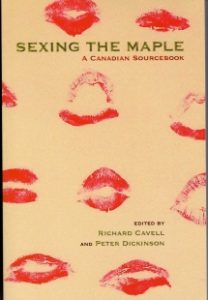


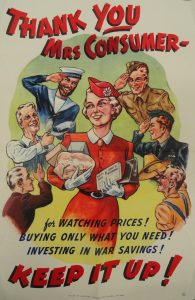


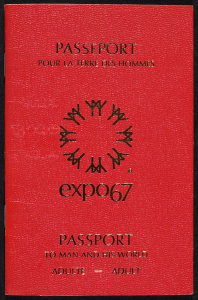
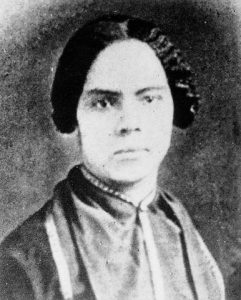
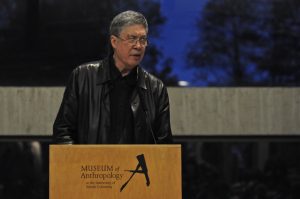
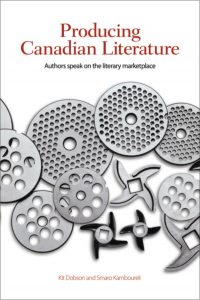
 ©
©